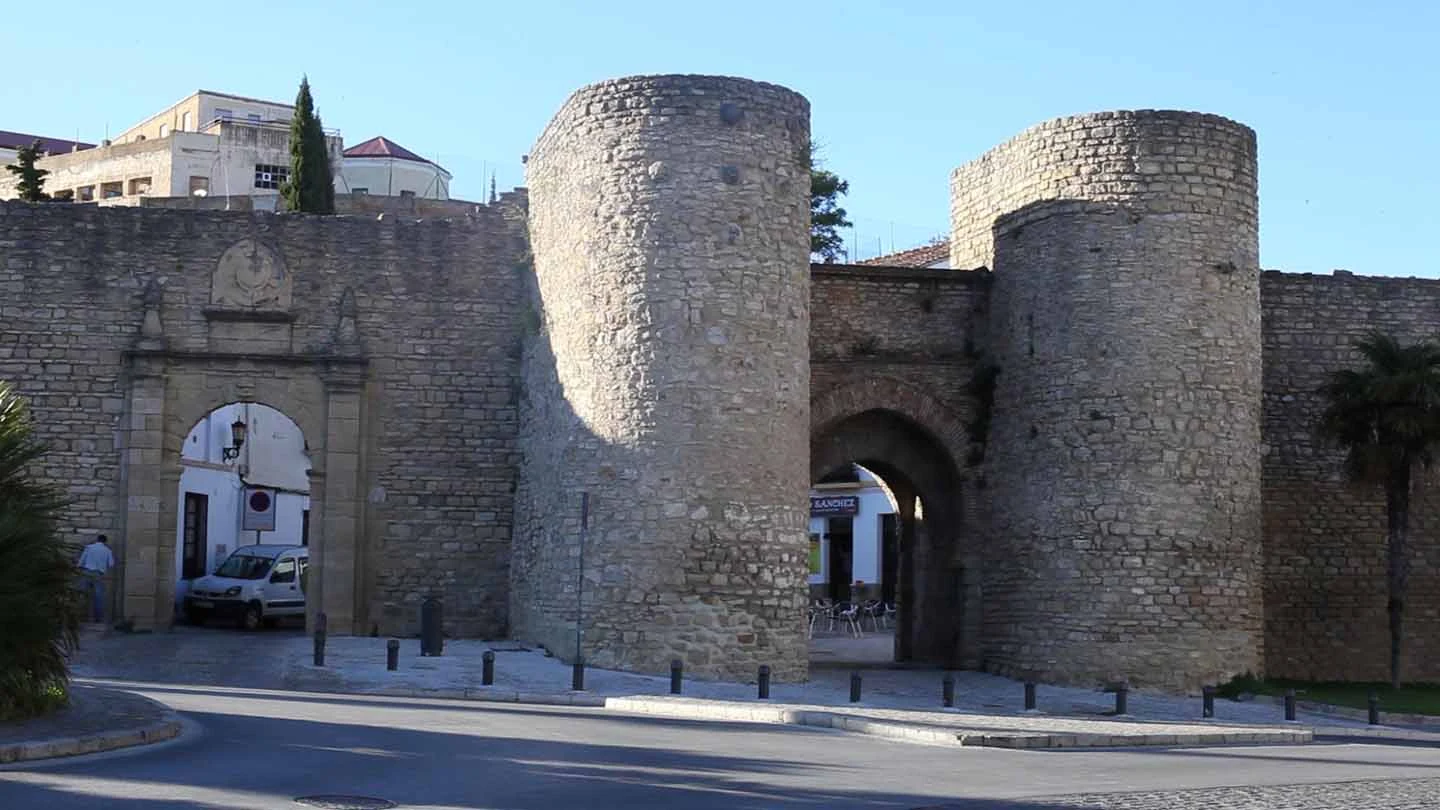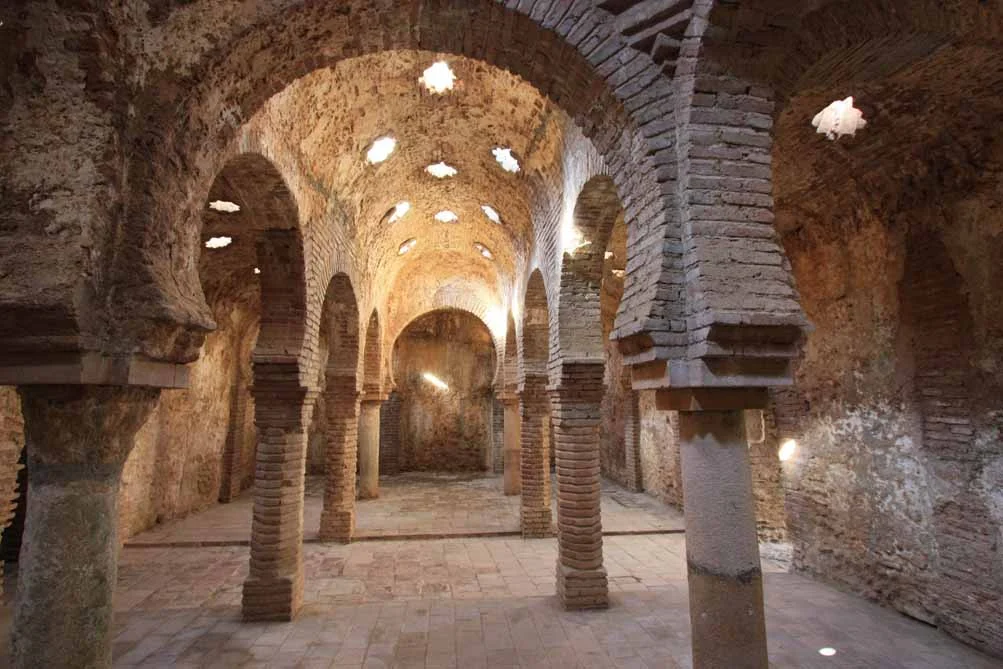Ronda is a monumental city (declared a Historic-Artistic Site ) that is well worth a visit to enjoy its special charm.
 |
| Ronda Spain |
Surrounded by lush valleys and with breathtaking views, anyone who has been lucky enough to visit Ronda will understand its appeal. It is one of the most beautiful and visited towns in Spain (third most visited destination in Andalusia).
 |
| Ronda Spain |
Throughout history, Ronda has been one of the most impregnable cities in Andalusia. Mainly due to its geographical position, but it is also due to a series of walled complexes and accesses built by the Arabs throughout the Islamic era. As the city grew, more walls and gates were built. Today, the Moorish walls offer a unique glimpse into Ronda's past.
Ronda is also known as the cradle of bullfighting. The Real Maestranza bullring is one of the oldest and most picturesque in Spain. It was built in 1785 by the architect José Martín de Aldehuela, the same architect who built the Puente Nuevo. It has the capacity to host 5000 spectators.
 |
| Ronda Spain |
The Arab baths in Ronda are the best preserved in Spain. They were built in the late 13th century during the reign of King Abomelik. The boiler used to heat the water is still visible and is in good condition. The vents in the star-shaped ceiling were modeled after the baths in the Alhambra in Granada.
 |
| Ronda Spain |
In the Palacio de Mondragón you will find the municipal museum and some truly exceptional gardens. Built in 1314 by King Abomelik, it was later used as the main residence of Kings Isabella and Ferdinand.
 |
| Ronda Spain |
The Plaza Duquesa de Parcent is the most picturesque square in Ronda, full of monuments. The church of Santa María la Mayor is the most prominent. A church that took over 200 years to build and is a mix of Gothic and Renaissance styles.
 |
| Ronda Spain |
Finally, it should be noted that twenty kilometers outside of Ronda are the ruins of the ancient Roman settlement of Acinipo. A great theater dating from the 1st century AD is distinguished.